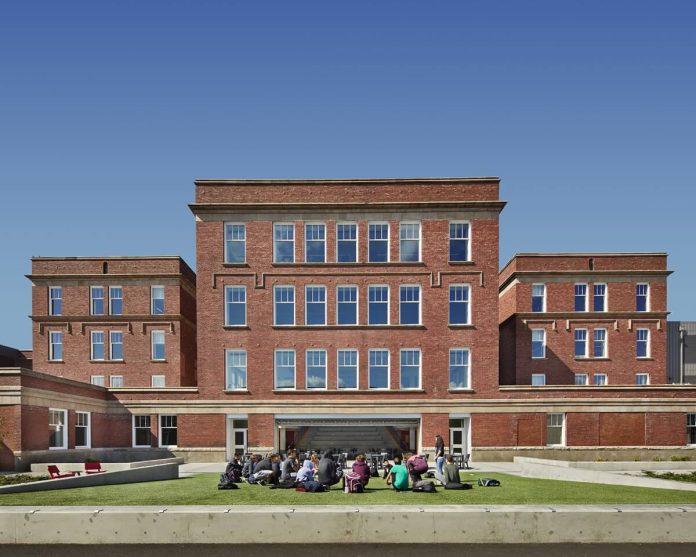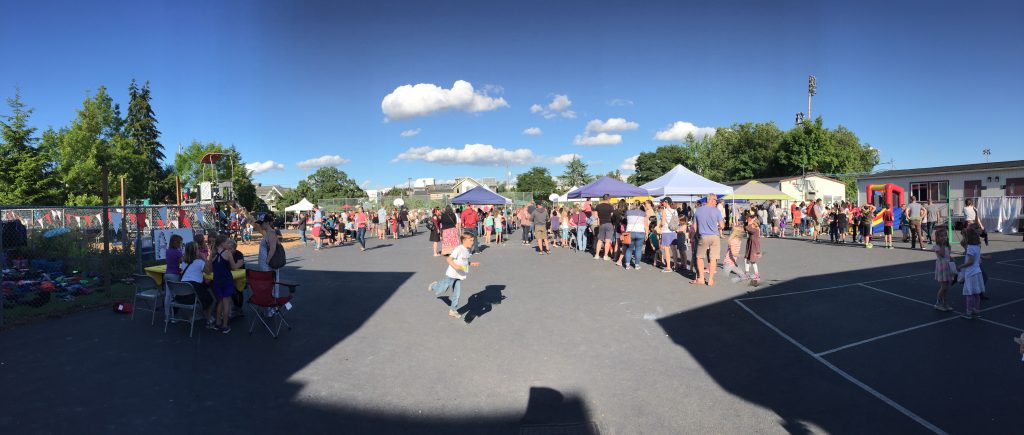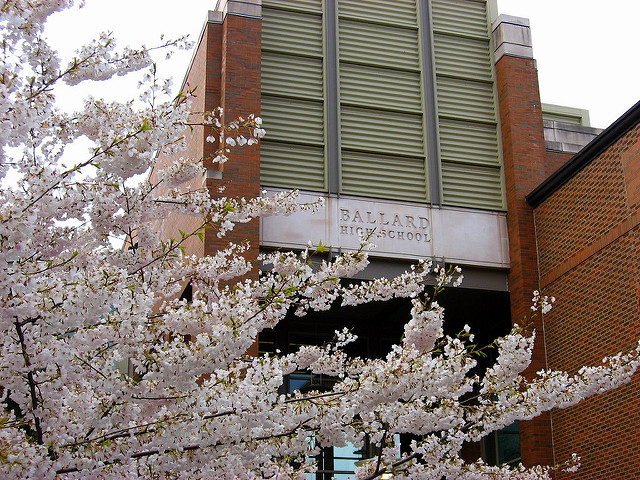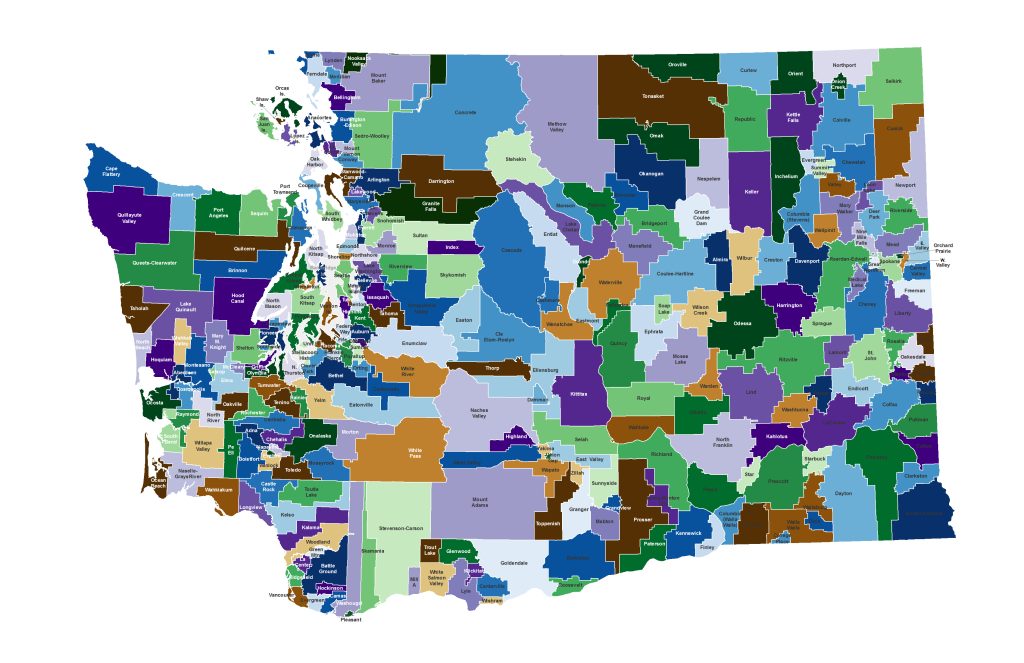
To be upfront, I am pissed at Seattle Public Schools. As a parent of school-age kids, I have been subjected to SPS’s anti-union propaganda regularly over the last few weeks. Between direct emails touting their reopening lines in the sand and robocalls badmouthing the teachers, SPS is going too far. We gave SPS our contact information for news, not spin and insults. SPS has vaporized any benefit of a doubt and good will by violating its direct information hotlines to families. The teachers and staff have our love and support, not the central office.
From the beginning of pandemic shutdowns, SPS has been a basket case. Spring was uncertain for us all. But when it moved into a summer of head fakes with the teachers and half-baked schedules, the forgivable missteps became a trend of self-inflicted failures. Now SPS is playing the same brinksmanship they did back in August. It’s not a trend. It’s a playbook.
There’s supposed to be a caveat here about how we are all looking forward to schools reopening safely. You’re not going to find it. Public schools will reopen when the community has consistently low transmission, teachers have vaccines and personal protective equipment, and families have trust in their schools. The Seattle School District has lost that trust. If we want to reopen schools, it’s time to take SPS out of the equation.
Now, this is not going to be a screed about charter schools or the indoctrination complex. As products of public schools raising a couple more, we believe that well funded and staffed public schools are pillars of an equitable democracy. And individual components of our public schools have been absolute beacons of hope. They are always driven by the frontline teachers and staff that are the local face of Seattle’s schools. Specific call out to the school lunch staff, making sure kids are fed and take as much extra food as they can carry.
But even those great meals were on shaky ground. Early in the shutdowns, my family was not stopping by for school lunches because we didn’t need the food and worried that we were taking from someone who did. A call went out that our school’s lunch distribution wasn’t getting enough use and was being threatened to close. So now, once or twice a week my kids go and pick up a lunch to make sure that it’s available for all the kids nearby.
The ridiculous mandates from the district happen all the time. I’ve been a PTA parent for several years now, to varying degrees of responsibility. That means we’re coming up on a hundred or so PTA meetings under my belt. Most feature the breathtaking grounds cleanup schedule, white knuckled tours of the budget, or the absolutely titillating plans for the end of year carnival. But there’s nothing more exciting than the report about district stuff because we’re never sure when they’re going to make some decision that leaves us awed.
It happens about a quarter of the time. Most recently, we found out that SPS is using the most conservative numbers for estimating how many kids are returning in the fall. So, given the lowest possible sizes for incoming grades (i.e., this year when half of the kids eligible for kindergarten didn’t attend) as well as the highest possible estimates of attrition, we’re going to lose teachers.
Temporarily lose teachers, that is. Because when kids come back into the school in any reasonable numbers, the school is going to need to rehire those same folks that were just let go. For an organization whose job it is to teach math, it’s amazing how the district can be so bad at it. It almost makes one think that the decision to go conservative on attendance estimates is retaliation, just to watch the maximum number of union members dance for months between now and when the numbers settle.
Which brings us to a question of why do we have a school district? SPS has both a mission and a vision statement. The mission is “Seattle Public Schools is committed to ensuring equitable access, closing the opportunity gaps and excellence in education for every student.” SPS’s vision is “Every Seattle Public Schools’ student receives a high-quality, 21st century education and graduates prepared for college, career, and life.”
But what does the district actually do? Probably the most important thing that SPS has done in the last 20 years was lose the 2007 PICS case. Seattle’s school assignment scheme weighted race so heavily it allowed the Roberts court to end school desegregation nationwide, to the joy of several Bob Joneses. Louisville, Kentucky, whose system was struck down at the same time, went on to develop a new assignment system based on economic diversity. SPS did not.
Which makes sense, because it would have meant facing the hard realities of economic disparity in Seattle just as it was really getting ready to take off. Seattle was never under the same kind of court ordered racial desegregation as places like Louisville. SPS engaged a racial school assignment scheme voluntarily. We never did the same for economics. Since the early part of this century, Seattle’s racial composition has remained stubbornly consistent. Economic disparity has not.
And really, what is the purpose of school districts in Washington but to reinforce property tax divisions? Since there’s no income tax, the state’s primary funding for state and local governments are sales and property taxes. That means local control isn’t just about books and buildings. It’s about levies and closely controlling which properties the budget is tied to. Each of Washington’s 300 school districts are charged with guarding those barriers at all costs.
Which gives the District’s mission of “excellence in education for every student” a very different root and end result than most parents’ definition. Excellence as far as the budget will stretch. Every student, so long as they don’t cross an arbitrary line to get there. It justifies, to the district at least, the all-out warfare that they’ve engaged with the teachers and the propaganda pump they’re directing at the parents.
So again, why have a district? After some years of running the carnival, I can say that SPS has done a comprehensive job of listing the things that are not allowed on school grounds. It is contained in an Activity Matrix from the Department of Risk Management. Inflatable bounce houses, dunk tanks, and Jai-Alai are all absolutely forbidden. As is “Mud/Jell-o/Oil Wrestling” at all grade levels.

While SPS has been preoccupied with banning Donkey Basketball, the very teachers that SPS has been fighting are the ones doing the heavy lifting on the equity part of the district’s mission. Curriculum and teacher accreditation happen at the state level. Neighborhoods have to fight for new facilities (and be denied by SPS). And it falls to parents to buy crayons, tissues, and copy paper. Washington’s districts really just come down to budgeting, union bashing, and making sure that the schools here are very different than the ones over there, whether that’s on the other side of the Cascades, Lake Washington, or 145th Street.
It’s a silly division, when you think about it. And it makes one ask what local public education could look like in a post-pandemic, post-school district world. Fewer hurdles to clear information. Better connection to state resources. More equitable balance that doesn’t break at city lines. Connection to more schools in comparable situations that can share expertise. A stronger teachers union that’s not sectioned off across a bunch of small districts. An end to the “crime” of attending school in the wrong district.
Really, is it improving any child’s education to have such hardened boundaries between the state’s school districts? Can a 21st Century education occur within the confines of 20th (and frequently 19th) Century boundaries? The way SPS is playing it right now, that looks very unlikely. And less likely anyone will come to its rescue. SPS has so much ill will right now from its bad faith dealings with teachers and its spewing disinformation at families that living without a district sounds just brilliant. It might have helped if they had just added “propaganda” to the forbidden section of their Activity Matrix. Right between Portable Climbing Walls and Pyrotechnics.
Ray Dubicki is a stay-at-home dad and parent-on-call for taking care of general school and neighborhood tasks around Ballard. This lets him see how urbanism works (or doesn’t) during the hours most people are locked in their office. He is an attorney and urbanist by training, with soup-to-nuts planning experience from code enforcement to university development to writing zoning ordinances. He enjoys using PowerPoint, but only because it’s no longer a weekly obligation.



